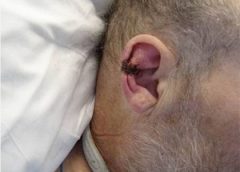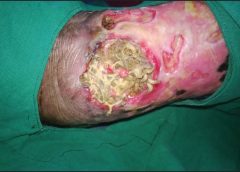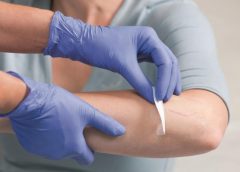Here are a variety of resources you might want to explore.
Considering opioid-prescribing practices
Healthcare providers’ prescribing patterns for opioids vary considerably by state, according to a report in Vital Signs from the Centers for Disease Control and Prevention (CDC). Here are some facts from the report:
• Each day, 46 people die from an overdose of prescription painkillers in the United States.*
• Healthcare providers wrote 259 million prescriptions for painkillers in 2012, enough for every American adult to have a bottle of pills.
• Ten of the highest prescribing states for painkillers are in the South. (more…)



